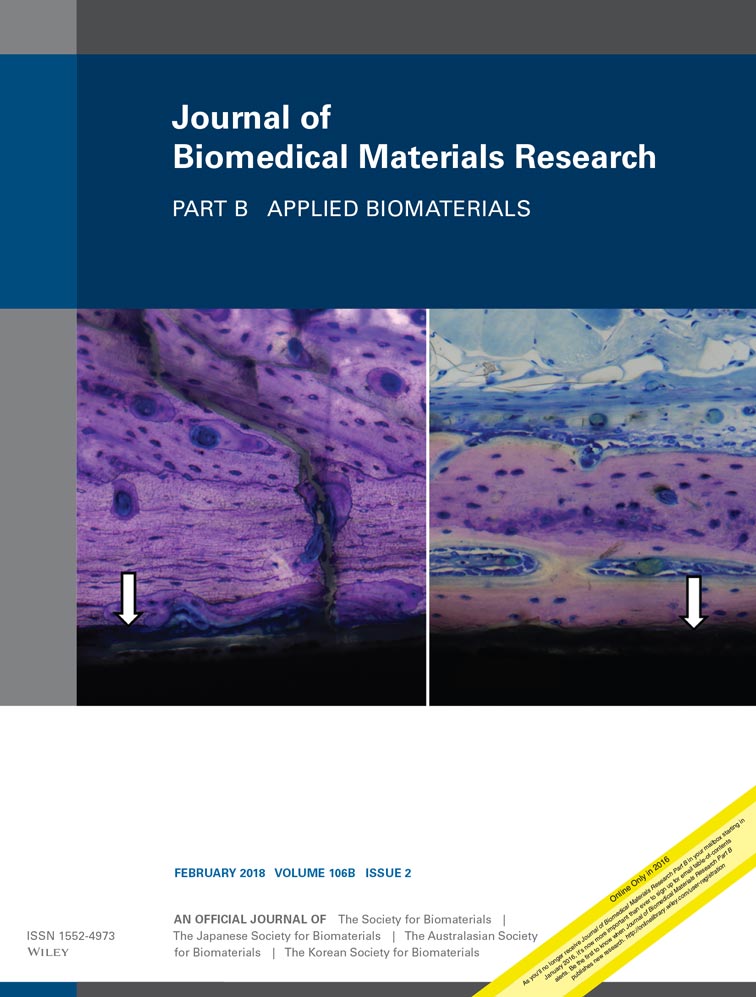Collagen barrier membranes do not adsorb hypoxia mimetic activity-Activity of gingival fibroblasts cultured directly on collagen barrier membranes loaded with hypoxia mimetic agents
Abstract
Hypoxia-based strategies for applications in oral surgery and periodontology have been proposed where collagen barrier membranes (CBM) are loaded with hypoxia mimetic agents (HMA) to induce a pro-angiogenic response. While it was found that CBM release HMA, it remained unclear if CBM adsorb HMA activity. Here we evaluated the response of oral cells cultured on CBM, supplemented with the HMA dimethyloxalylglycine (DMOG), desferrioxamine (DFO), and l-mimosine (l-MIM). Gingival fibroblasts (GF) were cultured on unwashed CBM as well as on CBM that had been washed with serum-free medium for 48 hours. The pro-angiogenic response was measured based on vascular endothelial growth factor (VEGF) production. Viability and proliferation were assessed based on MTT and BrdU assays. We found that GF seeded onto CBM loaded with DFO and l-MIM, but not DMOG, showed an increase in VEGF to 6.1-fold and 7.7-fold compared to unloaded CBM, respectively. Cells remained vital, but a trend for decreased proliferation was observed on DMOG and DFO-loaded CBM which did not reach the level of significance. Evaluation of washed CBM revealed no difference between the unloaded CBM and CBM supplemented with DMOG, DFO, or l-MIM. In conclusion, our results suggest that CBM do not adsorb hypoxia mimetic activity but release HMA within the first hours. © 2017 Wiley Periodicals, Inc. J Biomed Mater Res Part B: Appl Biomater, 106B: 874–879, 2018.
Conflict of interest statement
The authors do not have any conflict of interest to declare.




